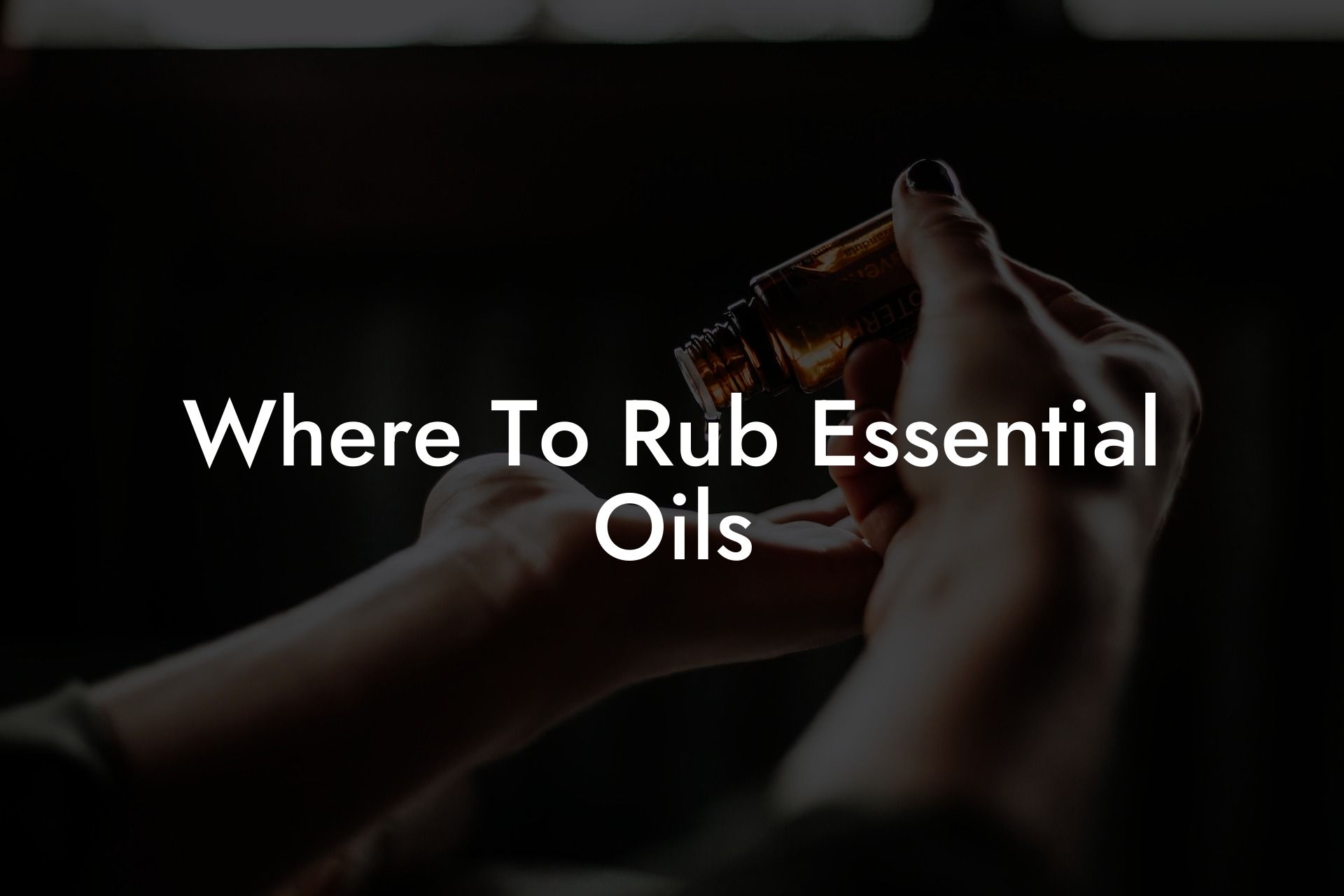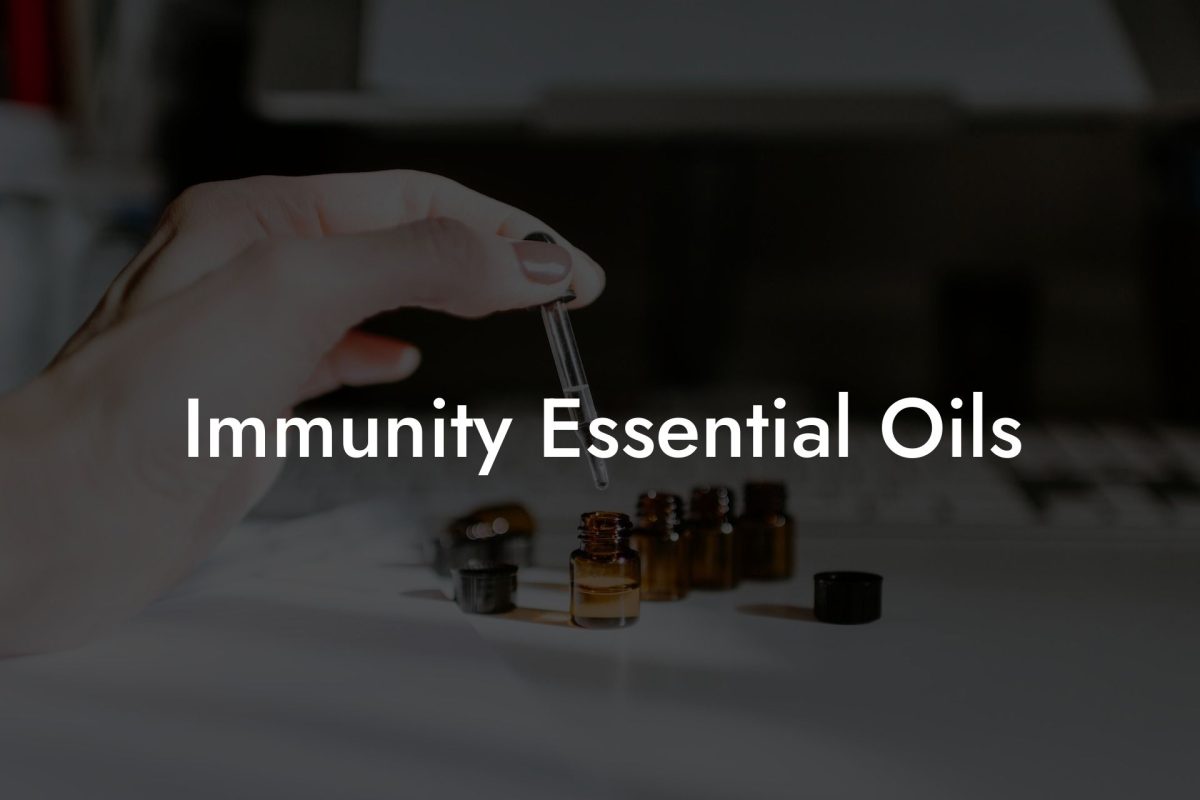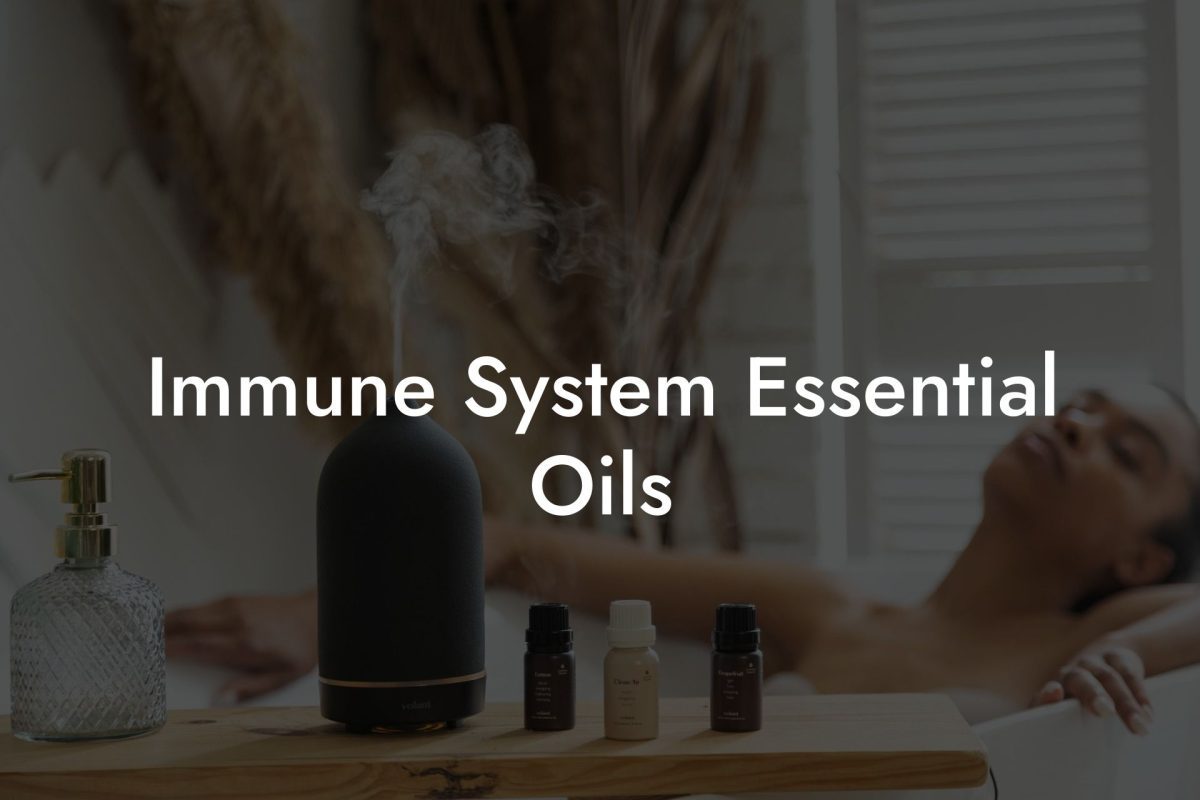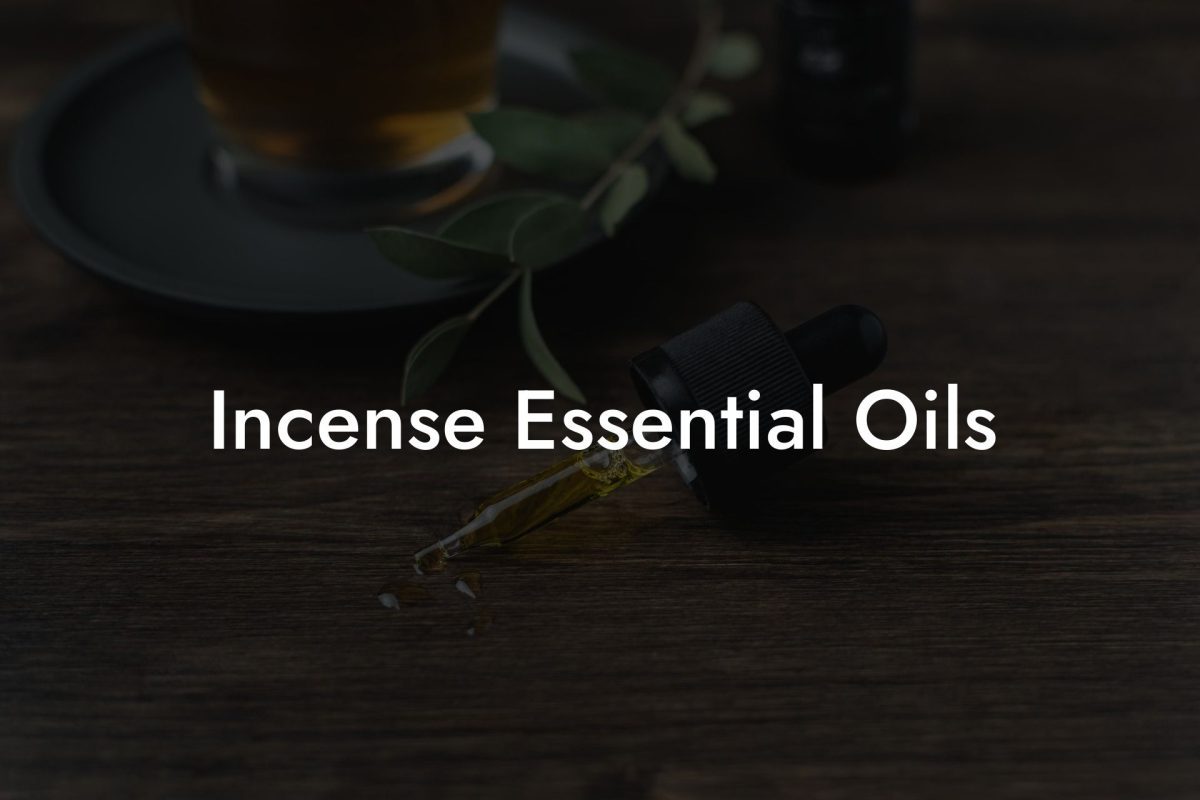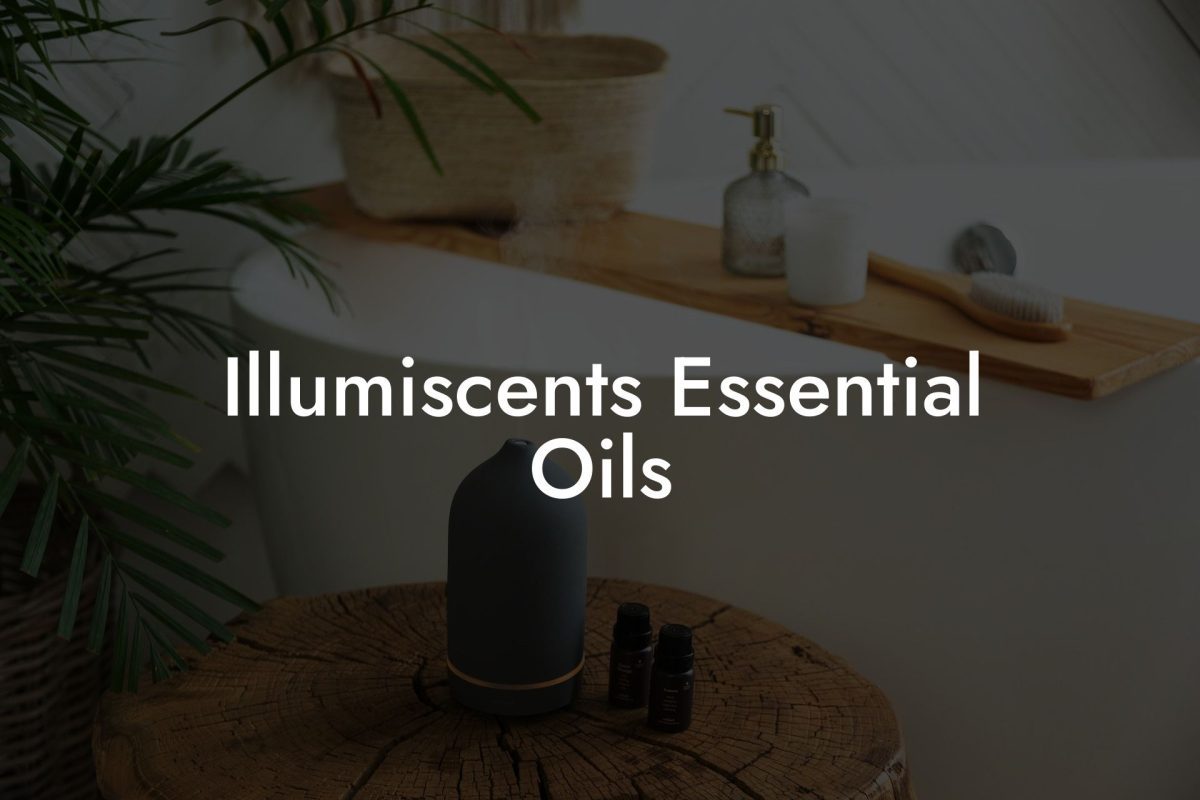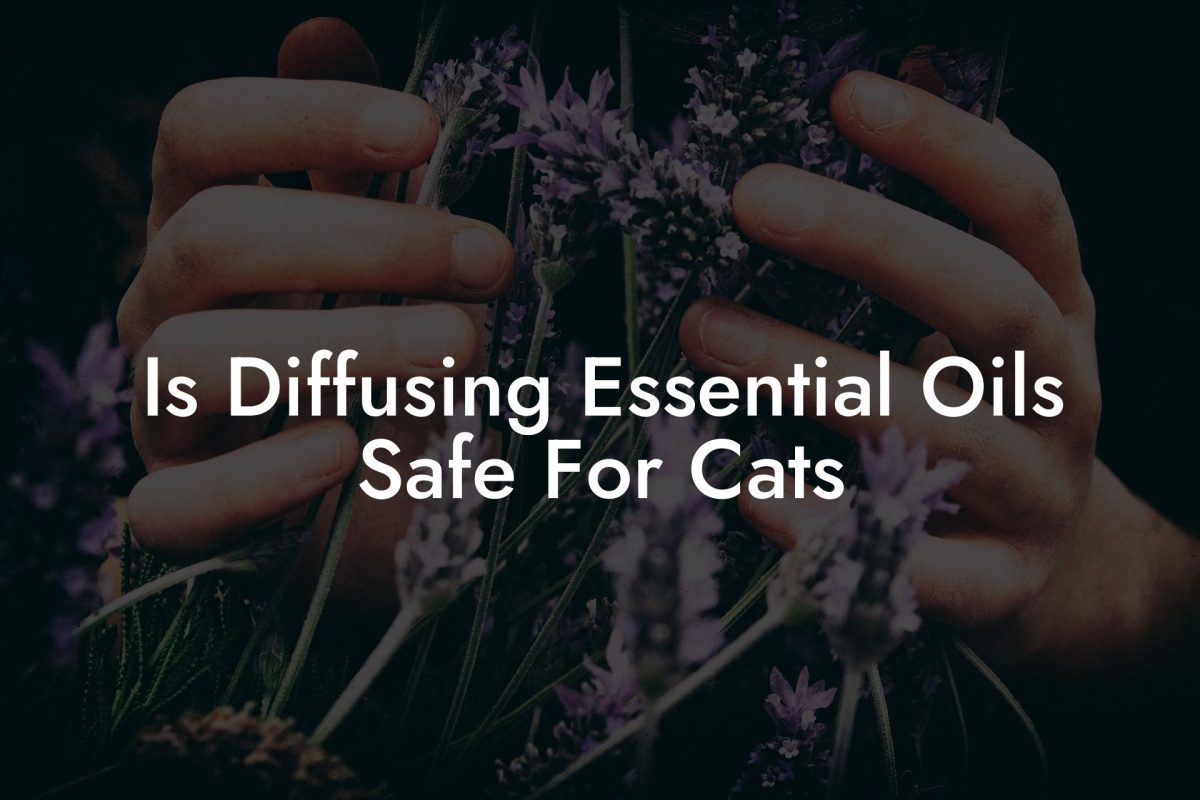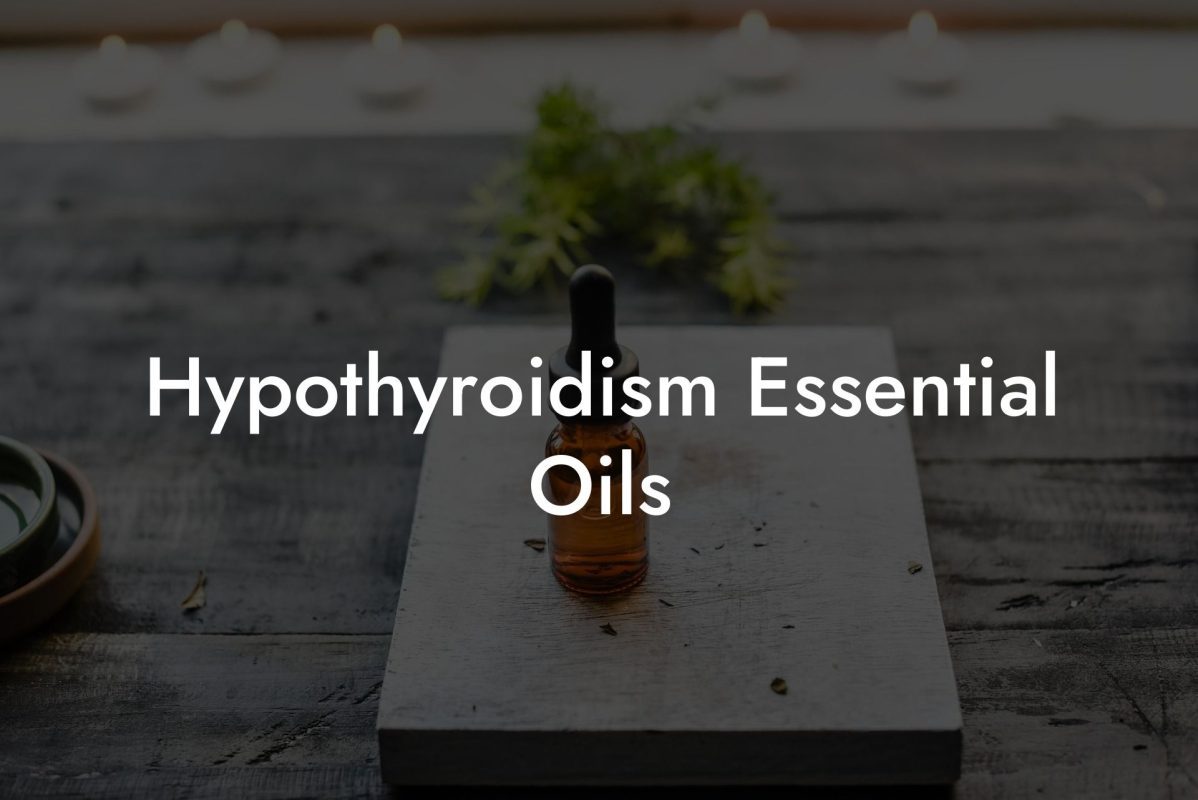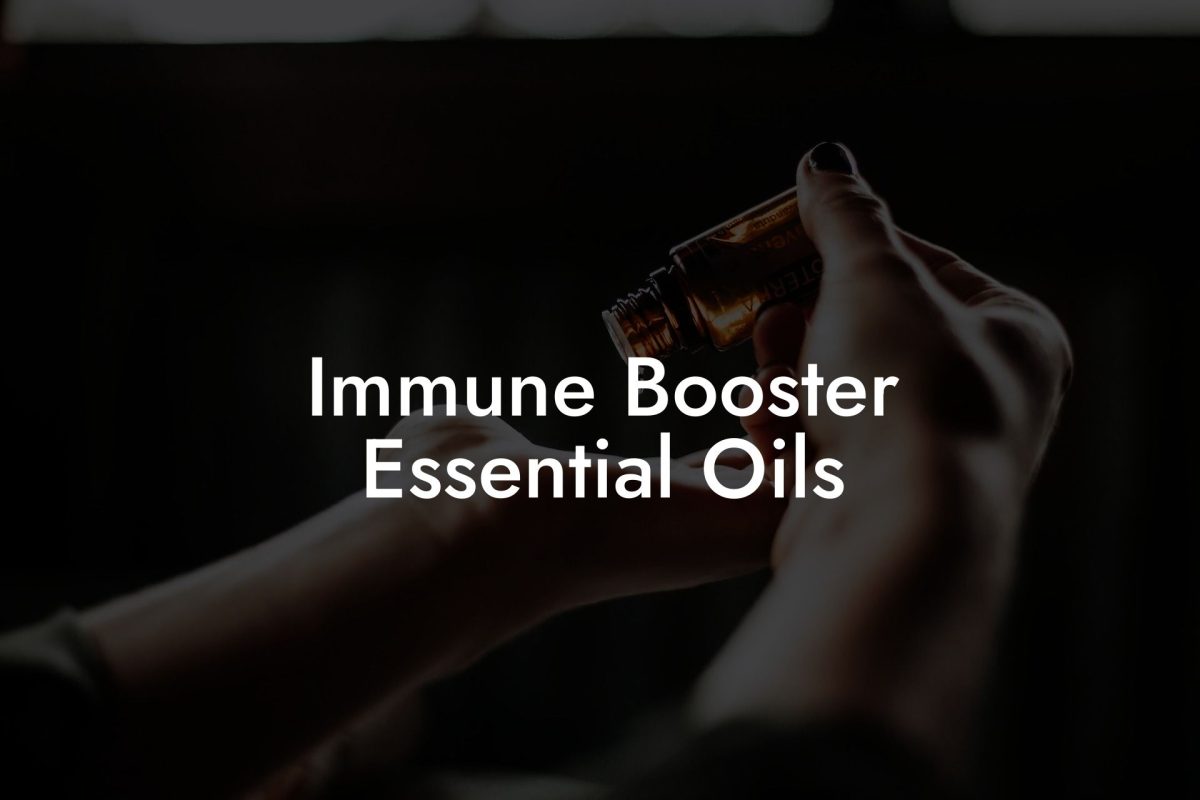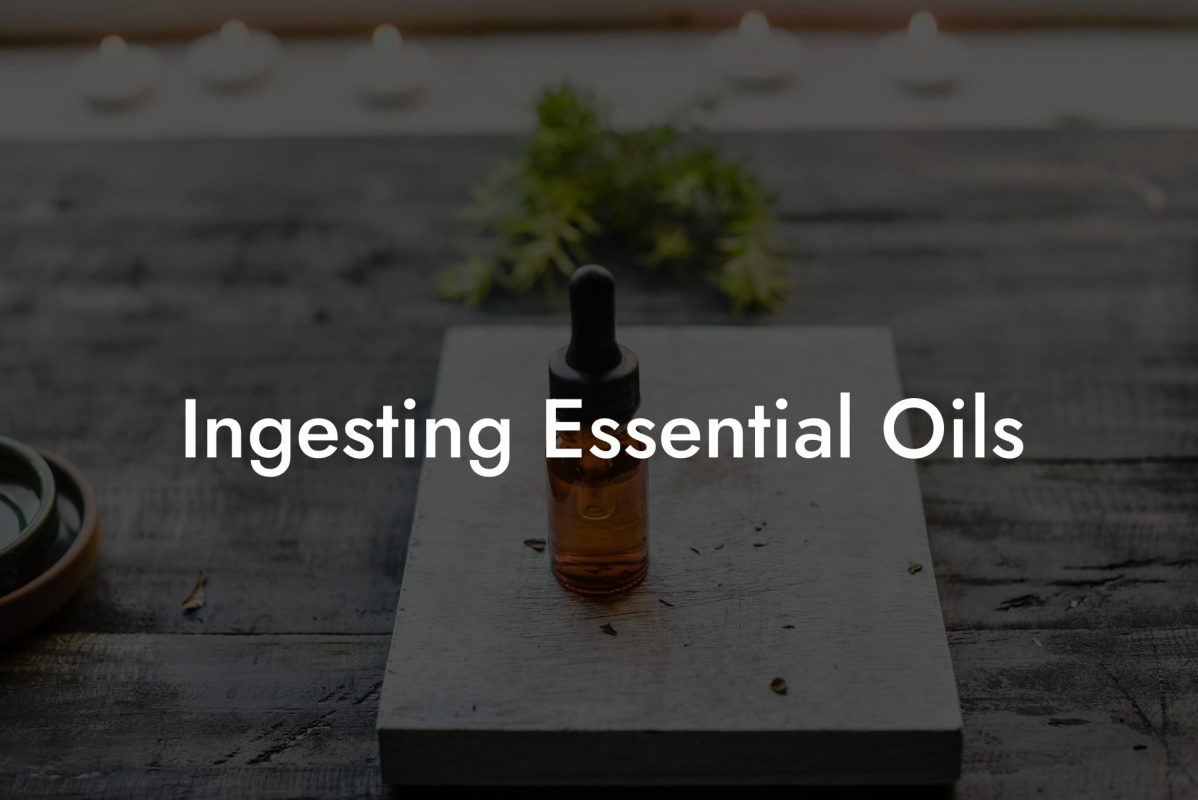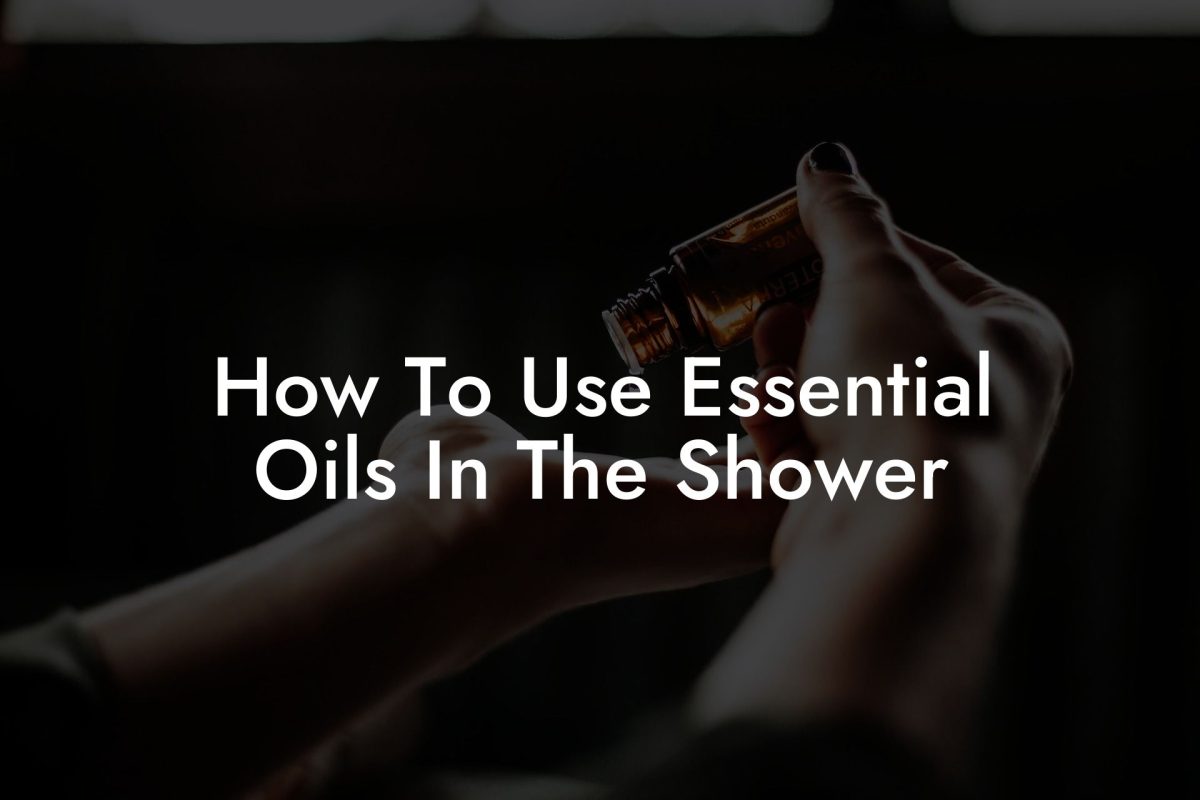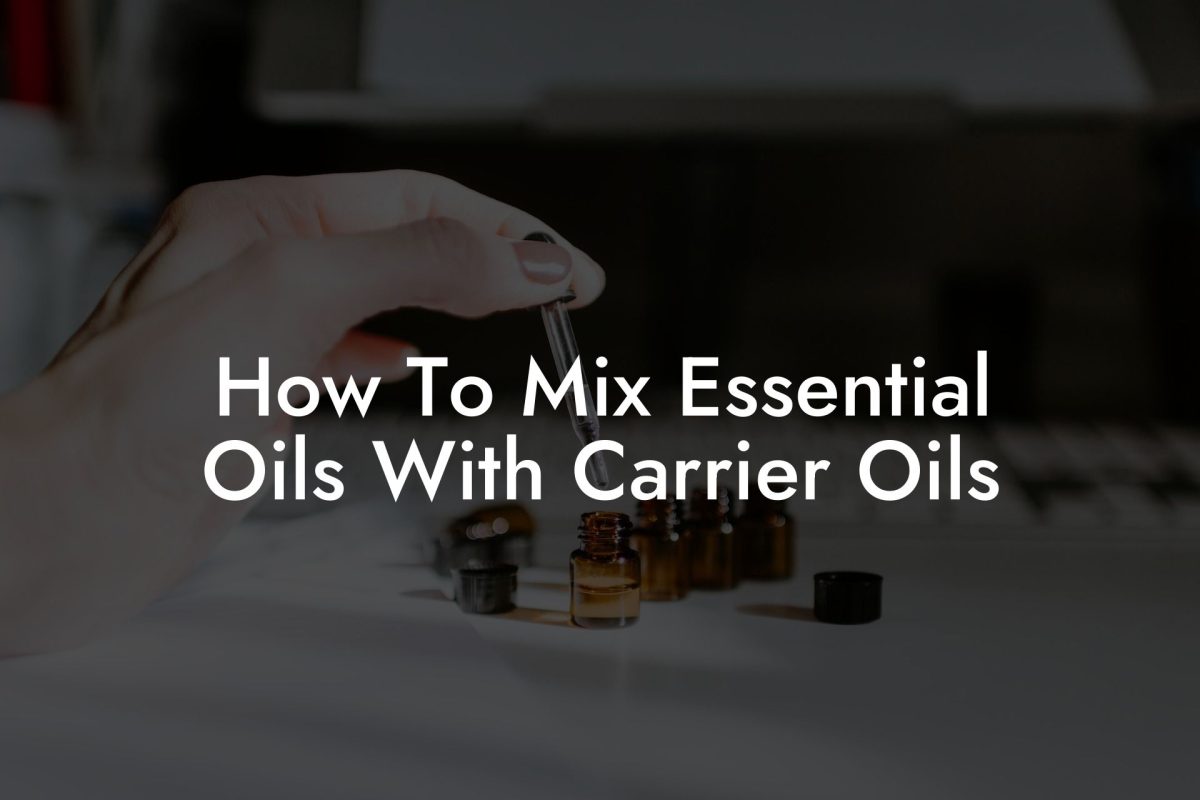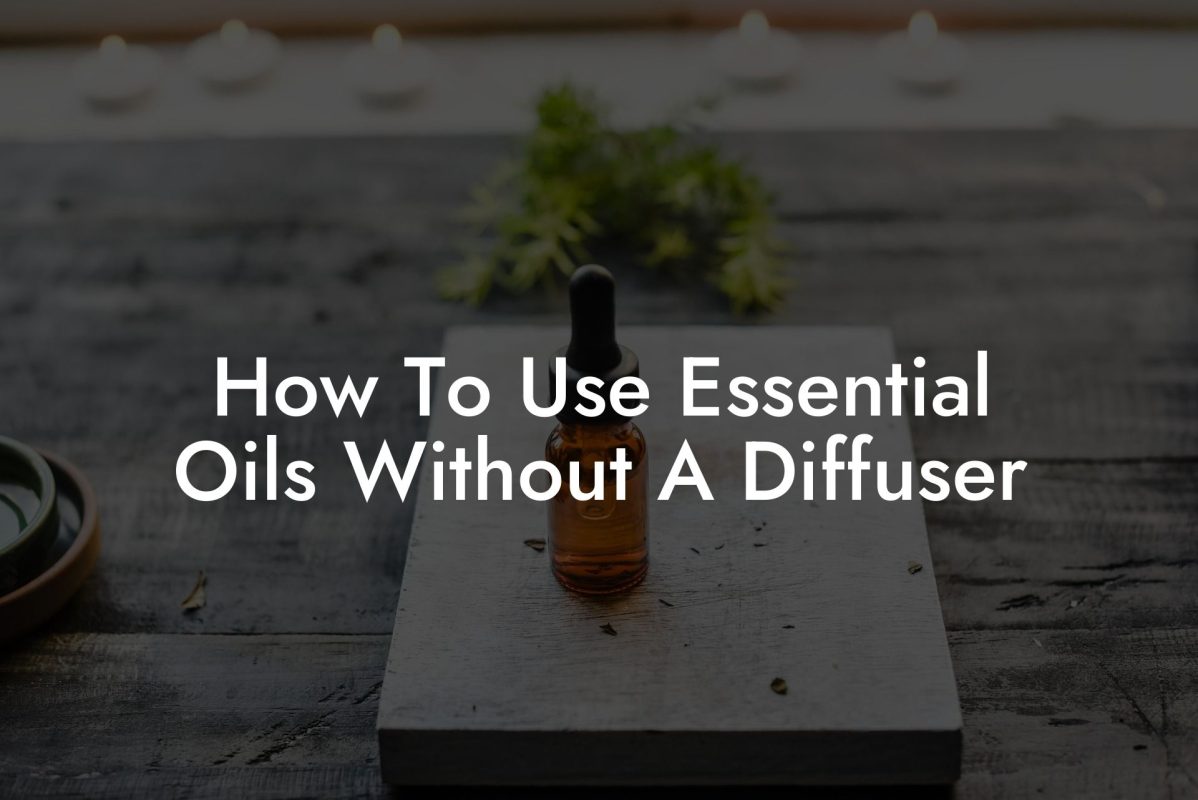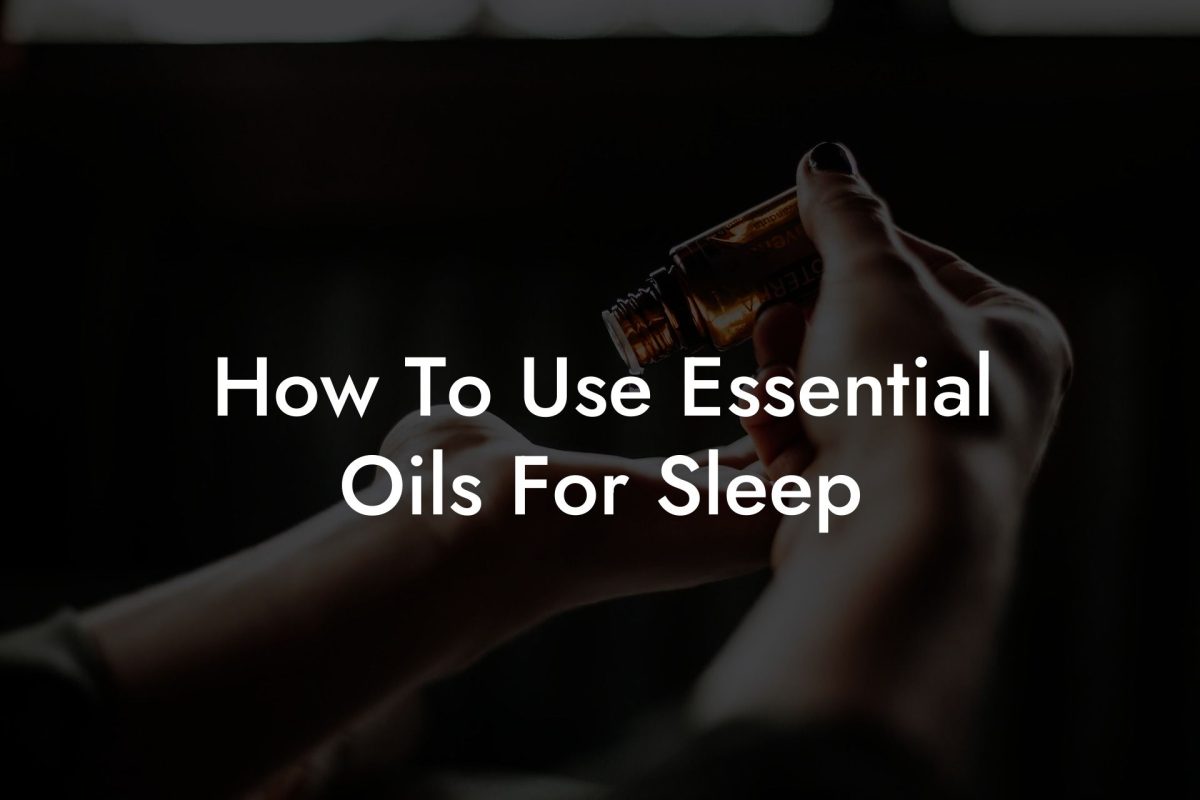Essential oils have become increasingly popular in recent years, offering numerous physical and emotional benefits. One of the most effective ways to use essential oils is by applying them topically to the skin. In this comprehensive guide, learn more about the best places to rub essential oils, along with which oils may provide specific benefits, ensuring you get the most out of these powerful plant extracts.
Table of Contents
- Choosing the Right Essential Oil
- 1. Wrists and Inner Elbows
- 2. Temples and Neck
- 3. Chest and Upper Back
- 4. Feet
- Why is the location of application important when using essential oils?
- Are there general areas on the body that are best for applying most essential oils?
- Why do many people rub essential oils on the soles of their feet?
- Can I apply essential oils directly to the area of discomfort?
- What's the significance of applying oils behind the ears or on the neck?
- Is it effective to rub essential oils on the abdomen?
- Can I use essential oils on my face?
- Why is the inner wrist a common application point for many oils?
- Are there areas I should avoid when applying essential oils?
- Can essential oils be applied to the scalp?
- How can I use essential oils for respiratory support?
- Can I apply multiple essential oils to the same spot?
- Is it beneficial to apply oils to the spine?
- Do some oils work better on specific body parts?
- How can I maximize the benefits of essential oils during massage?
- Can I apply essential oils to areas with cuts or wounds?
- How about areas with rashes or skin conditions?
- Why is dilution crucial when applying essential oils to the body?
- Are there any risks involved in applying essential oils?
- In conclusion, how can one ensure the best practices when rubbing essential oils on the body?
- Carrier Oils: The Key to Topical Application
- Best Places to Apply Essential Oils
- Where To Rub Essential Oils Example
- Where To Rub Essential Oils Frequently Asked Questions
Choosing the Right Essential Oil
Before diving into the best places to apply essential oils, it’s important to choose the correct oil for your specific needs. Essential oils come in various varieties, each with unique properties that affect the body and mind differently. Some common essential oils and their uses include:
- Lavender: Promotes relaxation and stress relief
- Eucalyptus: May alleviate respiratory issues and invigorate the mind
- Peppermint: Energizes the body and may help with headache relief
- Tea Tree: Possesses natural antibacterial and antifungal properties
- Chamomile: Soothes the skin and may help with sleep
Carrier Oils: The Key to Topical Application
Essential oils are highly concentrated, and applying them directly to the skin can cause irritation. To avoid this, it’s essential to dilute the essential oil with a carrier oil before topical application. Common carrier oils include coconut oil, almond oil, and grapeseed oil. A general guideline is to use one teaspoon of carrier oil for every three to five drops of essential oil.
Best Places to Apply Essential Oils
Each essential oil has its specific uses and benefits, which dictate the best locations for application. Here are some suggested areas for application:
1. Wrists and Inner Elbows
These are ideal spots for applying essential oils because they are areas of constant movement, allowing the scent to be dispersed throughout the day. Moreover, the skin in these areas is relatively thin, allowing the essential oils to absorb more quickly into the bloodstream. For oils intended for stress relief or energizing effects, consider rubbing on these pulse points.
2. Temples and Neck
Want quick relief from a headache? Gently rubbing essential oils like peppermint or lavender onto your temples and the back of your neck can help alleviate head tension. These are also perfect spots for oils meant for relaxation or stress reduction.
3. Chest and Upper Back
Applying eucalyptus or other respiratory-supportive essential oils to the chest and upper back can be helpful for individuals suffering from congestion or respiratory issues. These areas allow for the oils to be inhaled easily, providing maximum benefits.
4. Feet
The feet are another great area for essential oil application, as the skin is thick enough to absorb oils effectively without the risk of irritation. Applying essential oils to the soles of your feet can provide relaxation, improved sleep, and even immune support.
Where To Rub Essential Oils Example
Imagine coming home after a long day at work, feeling physically and mentally exhausted. Before turning in for the night, you decide to incorporate some essential oils into your bedtime routine. After diluting lavender essential oil with some coconut oil, you gently massage it into your temples and the back of your neck. The calming scent instantly puts you at ease, making way for a restful night’s sleep. You also decide to apply a few drops of diluted chamomile essential oil to your feet, further amplifying your relaxation.
Where To Rub Essential Oils Frequently Asked Questions
Why is the location of application important when using essential oils?
The location can determine how quickly and effectively the oil is absorbed and how it will affect the body. Some areas are more porous and allow for faster absorption, while others target specific ailments or concerns directly.
Are there general areas on the body that are best for applying most essential oils?
Yes, the wrists, soles of the feet, temples, and behind the ears are generally considered ideal spots for most oils due to their thinner skin and rich blood supply.
Why do many people rub essential oils on the soles of their feet?
The soles of the feet have large pores, allowing quicker absorption of the oil. Plus, the feet have reflexology points that correspond to various organs and body parts, potentially offering targeted benefits.
Can I apply essential oils directly to the area of discomfort?
Often, yes. For instance, if you’re using an essential oil blend for muscle discomfort, you can apply it directly to the sore area. However, always ensure the oil is diluted appropriately to avoid skin irritation.
What’s the significance of applying oils behind the ears or on the neck?
These areas are pulse points, where the blood vessels are close to the skin’s surface. Applying oils here can facilitate faster absorption and distribution throughout the body.
Is it effective to rub essential oils on the abdomen?
It can be, especially if addressing digestive concerns. Gentle, clockwise massage with essential oils (like peppermint or ginger) on the abdomen can be soothing.
Can I use essential oils on my face?
Yes, but proceed with caution. Always dilute the essential oil, do a patch test, and avoid the sensitive skin around the eyes. Oils like lavender and frankincense are popular for skincare.
Why is the inner wrist a common application point for many oils?
The inner wrist is another pulse point, and the skin here is thin, allowing for easy absorption. Plus, sniffing the wrists after application provides aromatherapy benefits.
Are there areas I should avoid when applying essential oils?
Yes, avoid mucous membranes, including the eyes, inside the nose, and genital areas. These spots are sensitive and can get irritated by essential oils.
Can essential oils be applied to the scalp?
Certain oils, like tea tree, rosemary, and lavender, can be beneficial for the scalp. However, always dilute them in a carrier oil and conduct a patch test first to ensure no adverse reaction.
How can I use essential oils for respiratory support?
For respiratory concerns, consider applying diluted eucalyptus or peppermint oil to the chest and upper back. Their vapors can aid in opening up the airways when inhaled.
Can I apply multiple essential oils to the same spot?
Yes, you can layer or blend oils, but ensure the total volume of essential oils doesn’t exceed the recommended dilution ratio when mixed with a carrier oil.
Is it beneficial to apply oils to the spine?
The spine can be a potent area for oil application, particularly when addressing overall wellness or systemic concerns. The oils can be absorbed and travel along the nervous system, potentially providing widespread benefits.
Do some oils work better on specific body parts?
Some do. For instance, oils meant for mental clarity might be best applied to the temples, while those for digestion might be most effective on the abdomen.
How can I maximize the benefits of essential oils during massage?
When using essential oils during a massage, target areas that align with the oil’s purpose. For relaxation, long strokes on the back with lavender oil can be beneficial, while circular motions on the abdomen with ginger oil can aid digestion.
Can I apply essential oils to areas with cuts or wounds?
Avoid direct application on open wounds. Some oils have antiseptic properties and can be applied around the perimeter of a wound but not directly into it.
How about areas with rashes or skin conditions?
While some essential oils can soothe skin conditions, others might exacerbate them. Always consult with a healthcare professional and conduct a patch test before widespread application.
Why is dilution crucial when applying essential oils to the body?
Direct application of undiluted essential oils can lead to skin irritation, sensitivity, or even burns. A carrier oil helps spread the essential oil over a larger area and reduces the concentration at which it contacts the skin.
Are there any risks involved in applying essential oils?
While essential oils offer many benefits, they can also pose risks, especially if not used correctly. Overuse, improper dilution, or applying to sensitive areas can result in skin reactions, sensitivities, or other health concerns.
In conclusion, how can one ensure the best practices when rubbing essential oils on the body?
Always research the specific oil’s properties and recommended uses, dilute appropriately with a carrier oil, conduct a patch test, and consult with healthcare professionals when in doubt.
Remember, essential oils are potent and can offer a plethora of benefits when used appropriately and safely. Proper application ensures you get the most out of your aromatherapy experience.
Applying essential oils to the right areas can make a world of difference in how you experience their benefits. By learning where to rub essential oils, you can enhance your overall wellness journey. If you’ve found this guide helpful, feel free to share it with friends and family. For more information on essential oils and aromacology, check out our other posts on the Oshu Oils blog. Don’t forget to explore our range of high-quality, artisan essential earth oils that can help you find balance in your busy life. Happy oiling!

